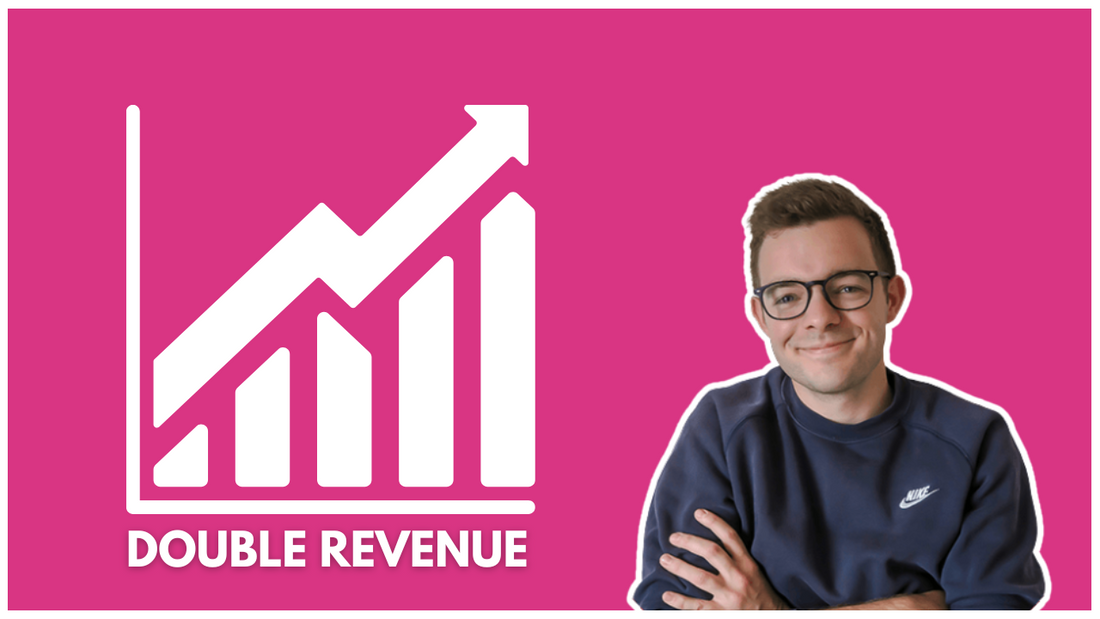You can also listen on:
Apple Podcasts / Spotify
In the latest Winning with Shopify Podcast episode, Nick emphasises the importance of truly understanding your customers. He explains how successful brands use data and feedback to gain insights, refine products, and improve marketing strategies. Learn practical tips on customer engagement, developing focus groups, and leveraging feedback to drive business growth.
Why do customers buy your products?
Many brands mistakenly believe they know their customers well, assuming shared demographics and interests. Successful brands, however, use data to understand actual customer needs. By asking why and how customers use their products and utilising feedback from reviews, surveys, and conversations, brands gain valuable insights. This information helps improve products, adapt marketing strategies, and address issues. Engaging with customers through various channels and developing focus groups further refines products and services, leading to greater business success.
How can we use customer data?
Understanding how, when, and why customers use your product, along with their pain points, is crucial for improving your offerings. Analysing this data lets you adapt products or introduce complementary items, like bundling a barbecue brush with a replaceable tray. Reviewing your value proposition against competitors, extending warranties, and offering free returns can boost trust and satisfaction. Updating imagery and marketing to reflect actual use cases also drives sales. Leveraging customer data helps create relevant bundles, optimise pricing, and continuously refine products to better meet customer needs.
The truth about increasing sales
Statistics show 80% of business growth comes from existing customers. While many brands focus on costly new customer acquisition through platforms like Facebook and Google, leveraging existing customers is more beneficial. Identify repeat buyers and understand their motivations to tailor marketing efforts effectively. Use data to segment customers and personalise communication with relevant products or exclusive deals. Engage VIP customers with personal touches from senior leaders to enhance loyalty. Continuously track and analyse these strategies to optimise growth.
How to increase average order value on Shopify
Shoplift enables A/B testing for Shopify stores, allowing you to compare different product page versions to see which performs better. By splitting traffic (e.g., 80/20 or 50/50), you can identify effective design or content changes. Continuously tweak and track these changes to refine your strategy, boosting customer engagement and sales. Key tactics include offering free premium samples, setting free shipping thresholds, and using AI-driven product recommendations. These strategies enhance customer retention, increase average order value, and drive sustained growth.
AI product recommendations
Product recommendations are key to boosting sales and should be strategically placed on product pages or during checkout. Many sites miss opportunities by not suggesting complementary items, like running socks with shoes. Focus on completing the sale before offering more products. Loyalty programs, such as those from Loyalty Lion, can increase order value by rewarding points for purchases. Use discounts wisely, offering them for actions like brand education, newsletter sign-ups, or charitable donations to maintain profitability while enhancing customer engagement and repeat business.
Leveraging Influencer marketing
You can leverage Nano influencers by giving them unique discount codes to share with their followers, boosting sales and providing affiliate benefits. Offering deals like "buy three, get the fourth at half price" can also increase average order value. A "deal of the day" helps clear out old stock quickly. Additionally, giveaways can grow your email list, and referral programs can reward customers for bringing in friends. Discounts for feedback or participating in brand education enhance engagement and provide valuable insights. Lastly, consider using cashback sites to attract cost-conscious customers and boost sales.
Multi-site reward sites
Using a cashback site like Quidco, which offers 2%-10% back on purchases, is a cost-effective strategy for brands. Instead of spending a significant amount on Google ads, brands can attract customers through cashback incentives, which are cheaper and more appealing to savvy shoppers. This method encourages repeat purchases, as customers tend to buy from retailers that offer cashback, creating a cycle of loyalty and ongoing sales.
Check out the full podcast on doubling your revenue here.

